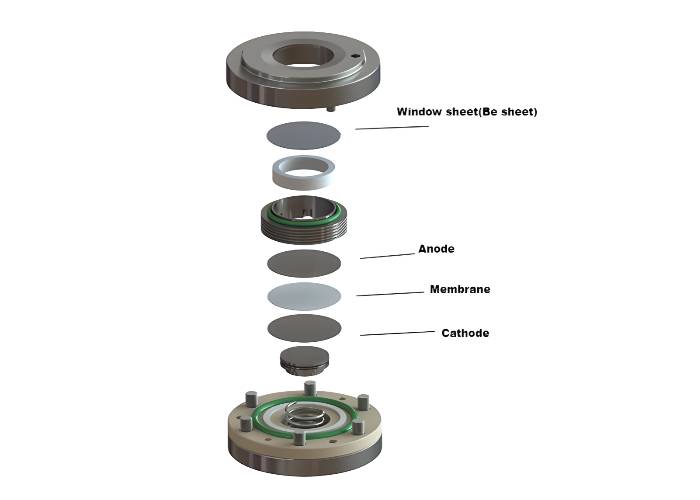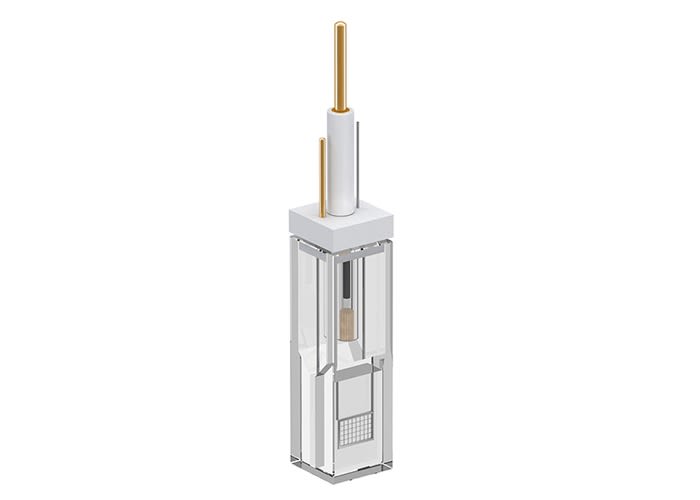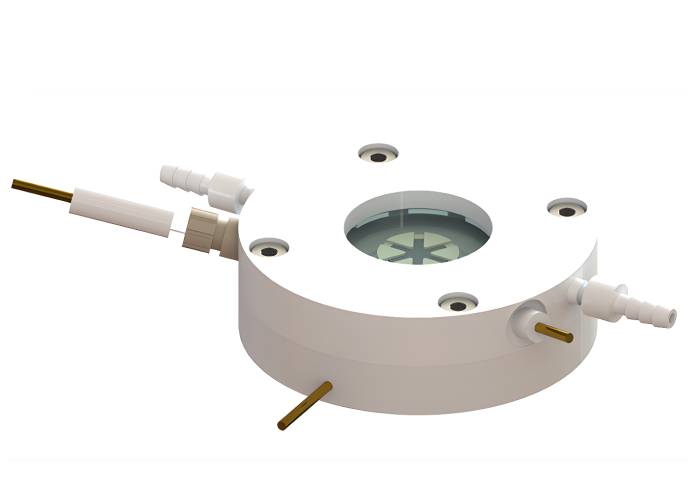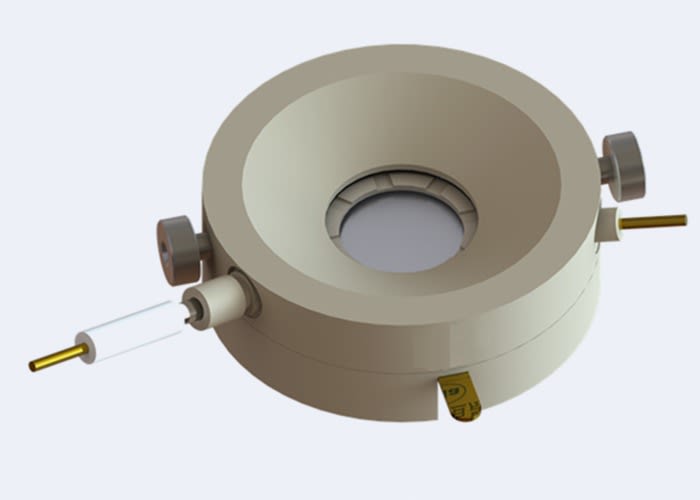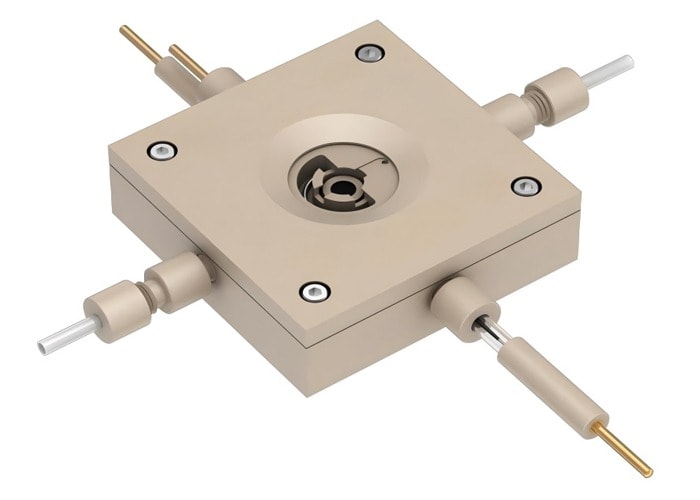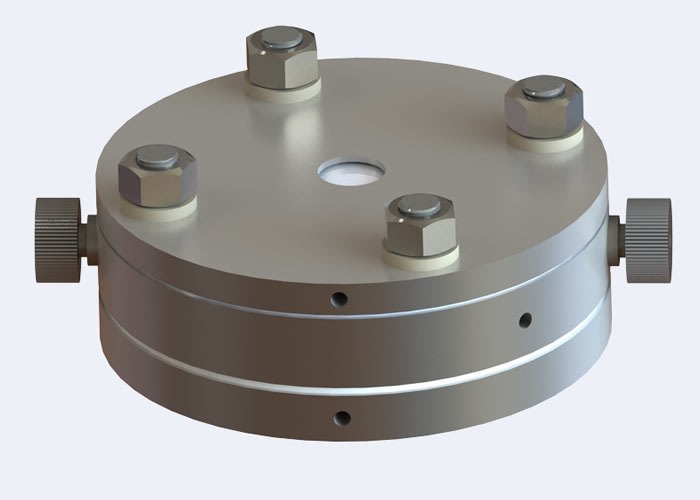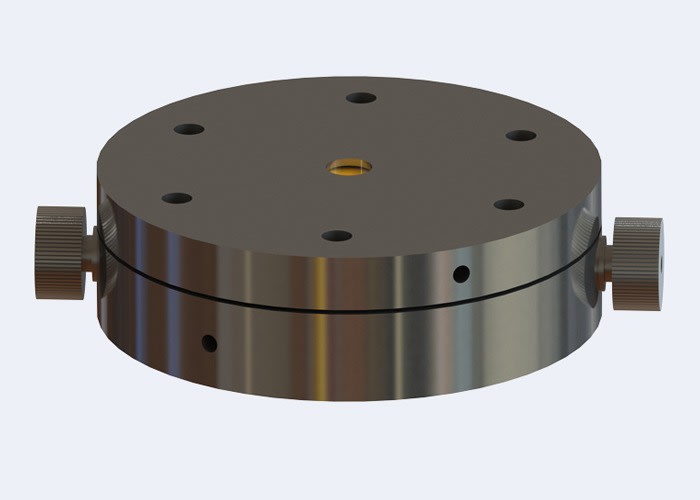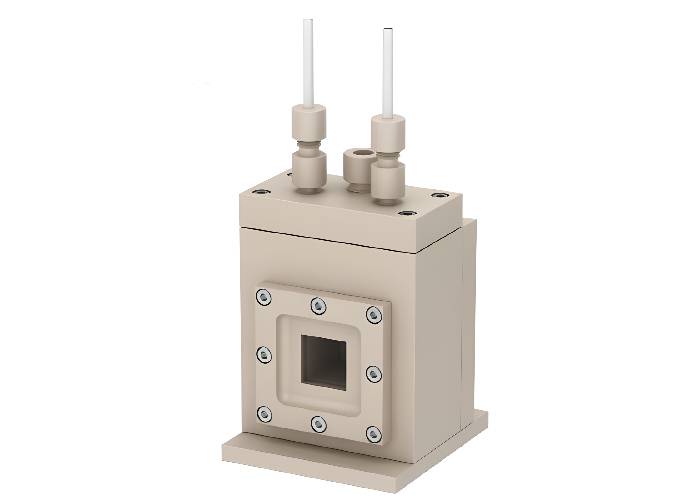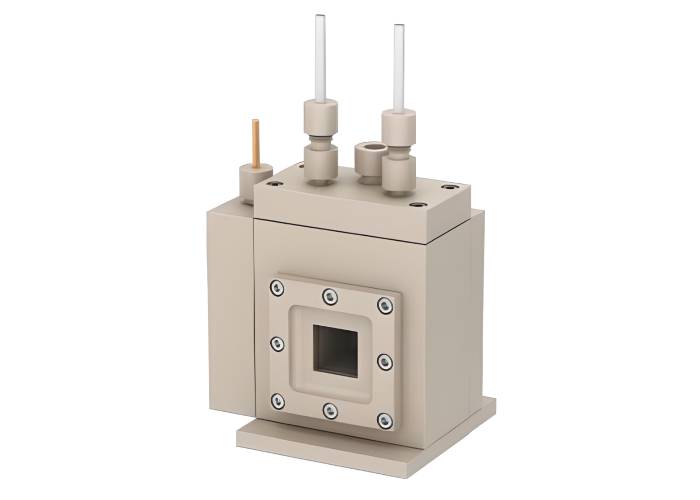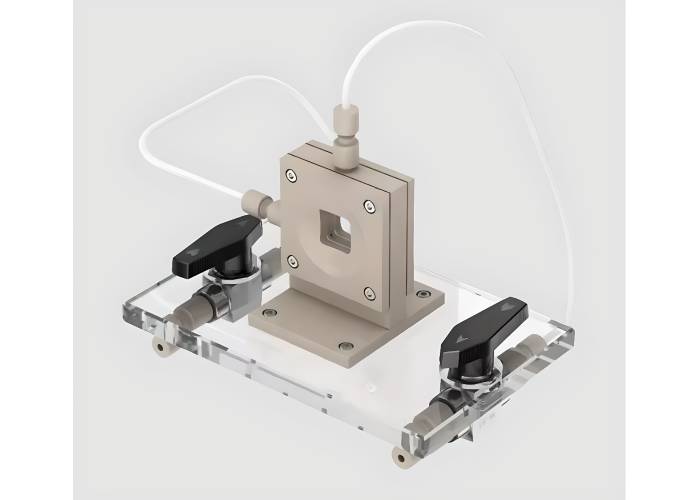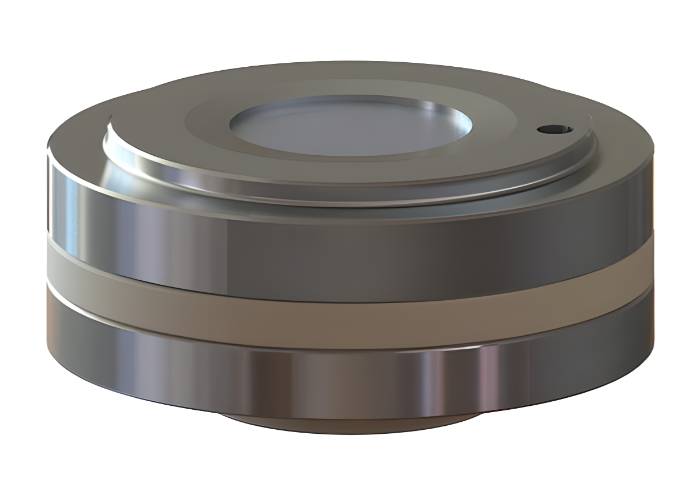
In-Situ Battery XRD Test Cell (for Bruker D2)
Advanced in-situ battery XRD test cell for Bruker D2 enables simultaneous electrochemical cycling and XRD measurement through an X-ray transparent window. Robust stainless steel build tracks phase transitions seamlessly.
Description
Principle of Operation
This in-situ battery XRD test cell is designed to enable simultaneous electrochemical cycling and XRD measurement on a Bruker D2 diffractometer platform. The approach retains a sealed environment containing the electrode/electrolyte assembly while an X-ray transparent window allows the diffractometer’s beam to probe the electrode stack. Changes in diffraction patterns correspond to phase transitions, lattice parameter shifts, and structural distortions as the electrode cycles — providing a direct structural trace of electrochemical phenomena.
Key Features & Specifications
- Construction: robust stainless steel top with insulating base (e.g. PEEK or alumina)
- X-ray window: Be foil (~0.15–0.2 mm) or optional Kapton for specific chemistry
- Electrode dimensions: up to φ16 mm or user-specified inserts
- Stack thickness limit: ~5 mm maximum
- Sealing: chemical-resistant PTFE O-rings and sleeves
- Electrical interface: sealed feedthrough connectors for current flow and control
- Ease of assembly/disassembly: for glovebox loading and cleaning
- Angular range (2θ): optimized to Bruker D2 geometry (e.g. 5° to 160°)
Compatibility & Integration
This test cell is tailored to fit the Bruker D2 platform (Bragg-Brentano geometry), enabling easy mounting on its sample stage. It integrates with standard potentiostats, battery cyclers, and can be paired with supplementary spectroscopy (Raman, IR). Because the cell is modular, minor mechanical adaptors can also allow retrofitting to other Bruker models or synchrotron beamlines.
Typical Applications
- Tracking structural changes in LIB electrode materials under cycling
- Quantitative analysis of phase evolution, stress, and microstrain
- Studying electrode degradation, delithiation/lithiation kinetics
- Examining non-Li battery chemistries (Na, K, Mg)
- Testing new electrode formulations or solid-state systems
Customer Reviews
Related Product
Explore our precision instruments designed for electrochemical research and energy applications
Still Wondering About Something?
Explore our FAQ for fast, clear answers to the most common questions—available 24/7.

